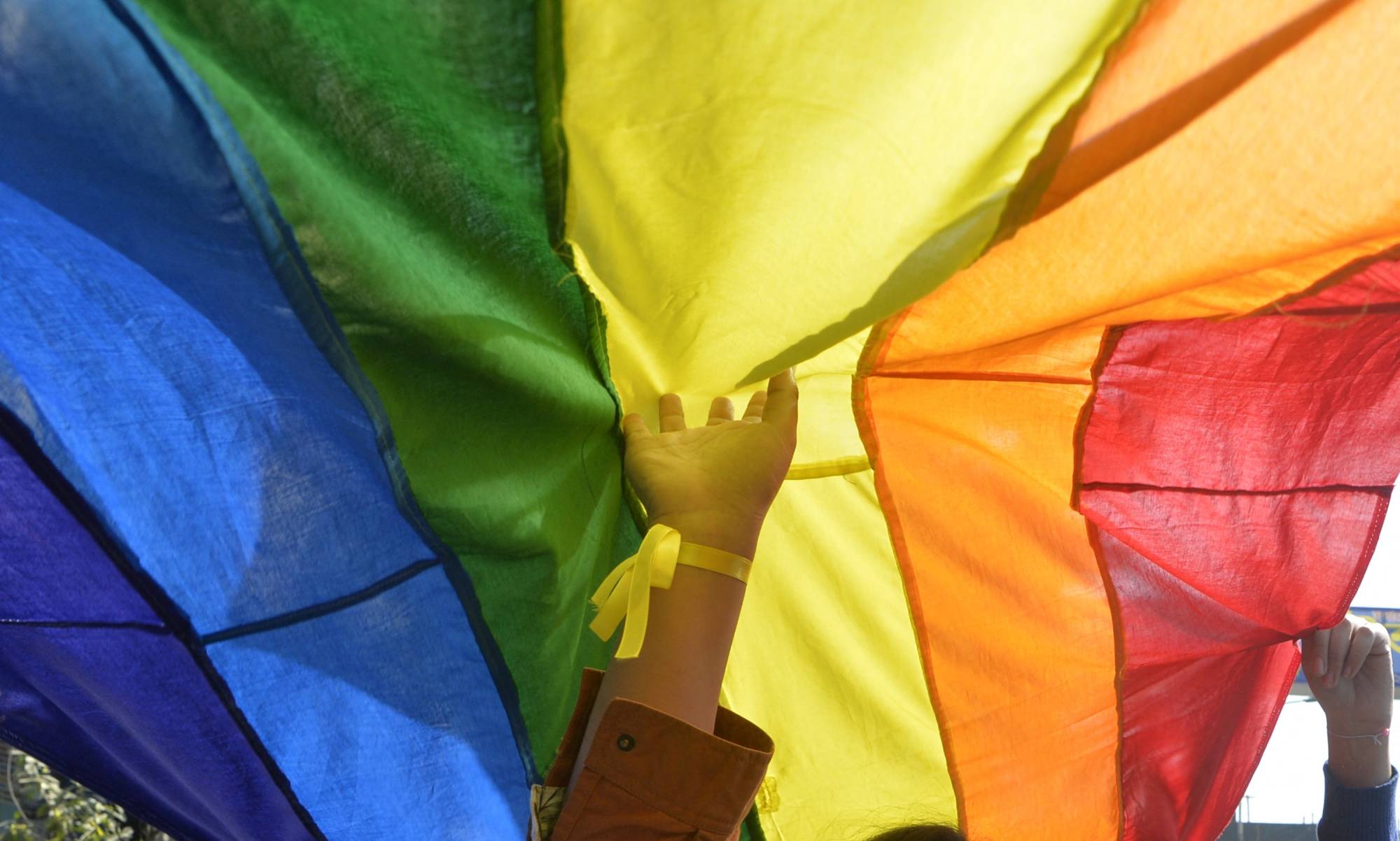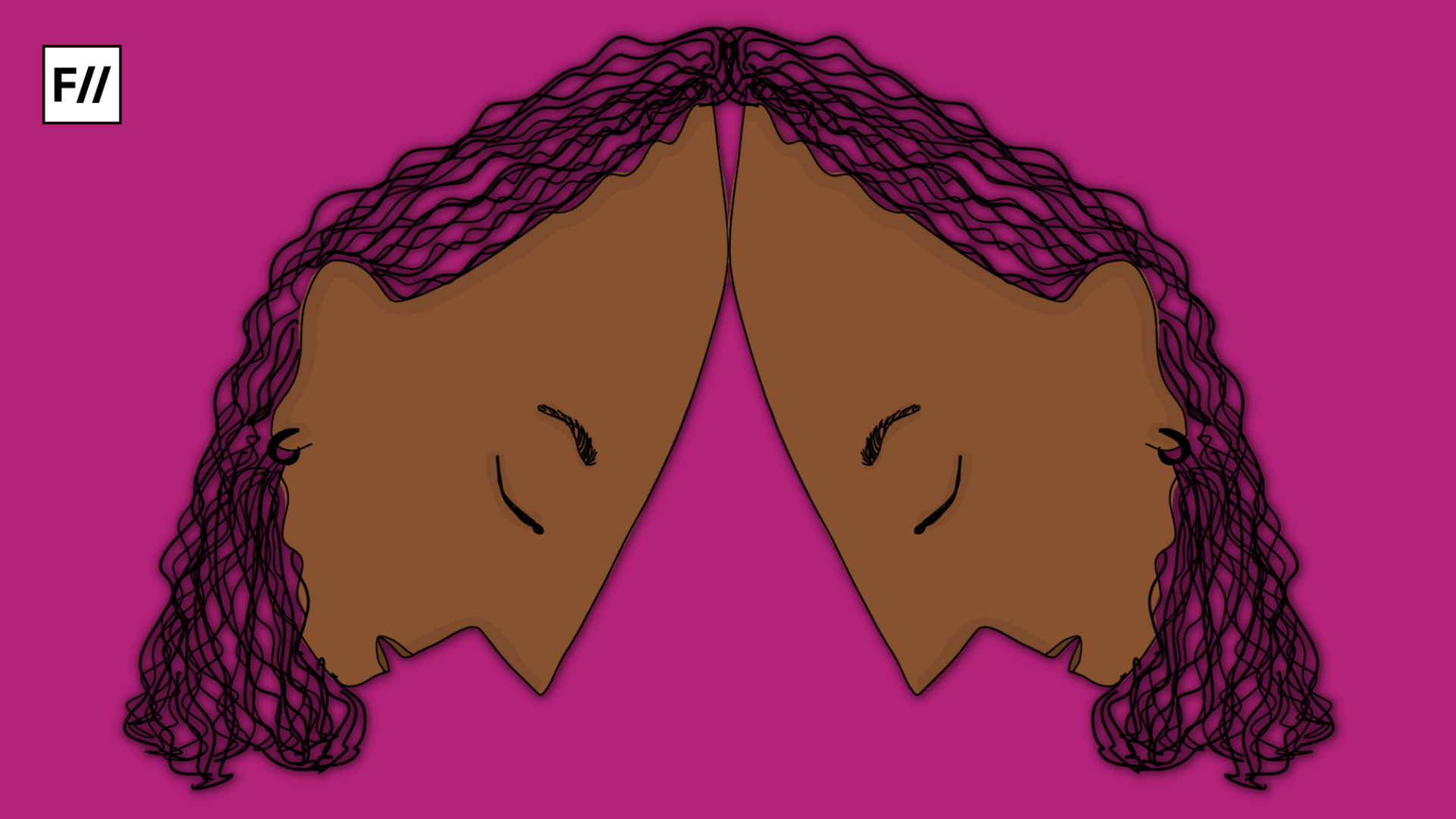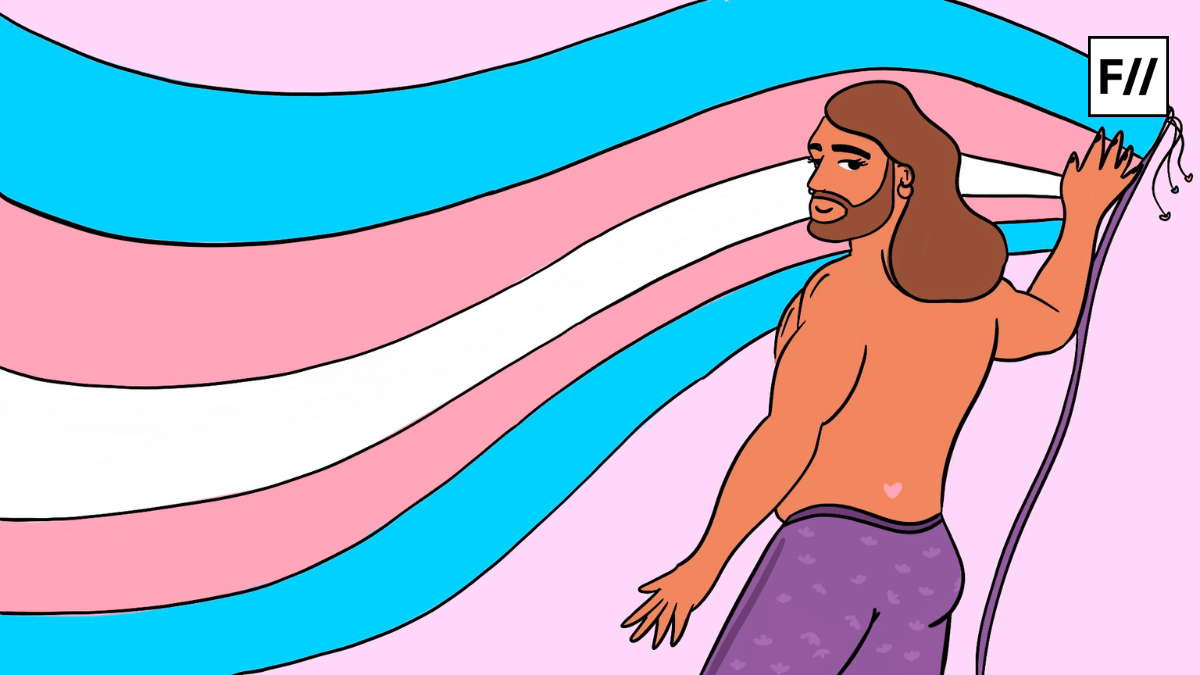Education is a human right that can transform lives. While this transformation comes naturally to certain sections of society, for others it is merely a far-fetched dream. For years, the transgender community has been fighting for the very fundamental rights that should be guaranteed to every individual by default. There still exists an invisibility of transgender community in the public sphere. This marginalisation of the community begins at the very first step of accessing education.
According to the 2011 census, the national literacy rate is noted to be 74. 04 per cent, while the literacy rate of the transgender community stands at a disturbing 56.1 per cent. In the Census of 2011, the population of trans persons were accounted for the first time. The estimated population was 4,87,803. This number, however, must be socially contextualised.
The audit was done at a time in India when homosexuality was still criminalised and trans persons were not constitutionally recognised as gender in India. Thus, in actuality, the population of trans persons is going to be way more than the recorded data. These people, absent from the recorded data are then expected to also be absent from the public sphere, deprived of getting an education as well.
From a very young age, we are trained to see the world in binary and heteronormatively. This viewing of the world through a male-female lens manifests itself through the ‘othering‘ of the transgender community. The cis-normative mindset gets internalised in children through the educational institutes further depriving the transgender children from finding a space in these institutes.
The gender binary
The gender binary can be noted in school uniforms and seating arrangements. The uniforms being different for boys and girls, not only propagates the idea of gender binary but also forces the trans students to choose between one of the two. This whole process is rather filled with bullying and social exclusion.

Teachers also often use the pronouns he/she to address the students which further leaves the transgender students difficult to fit themselves in the system. Adding to that, people like Bhavish Aggarwal, OLA CEO, problematise the issue by calling the inclusion of they/them pronouns in language a “pronoun illness.” Such statements not only propagate transphobia but also alienate the community.
The mental health of trans students
Alienation of trans students in educational institutes can have a toll on their mental health. The othering of the community leads to trans kids getting bullied by peers at school, leaving a deep scar on their emotional and mental well-being. Further, as these educational institutes divide the students in binary, trans students may find it tough to make friends in such a social design. Loneliness becomes another major issue in the life of such students.
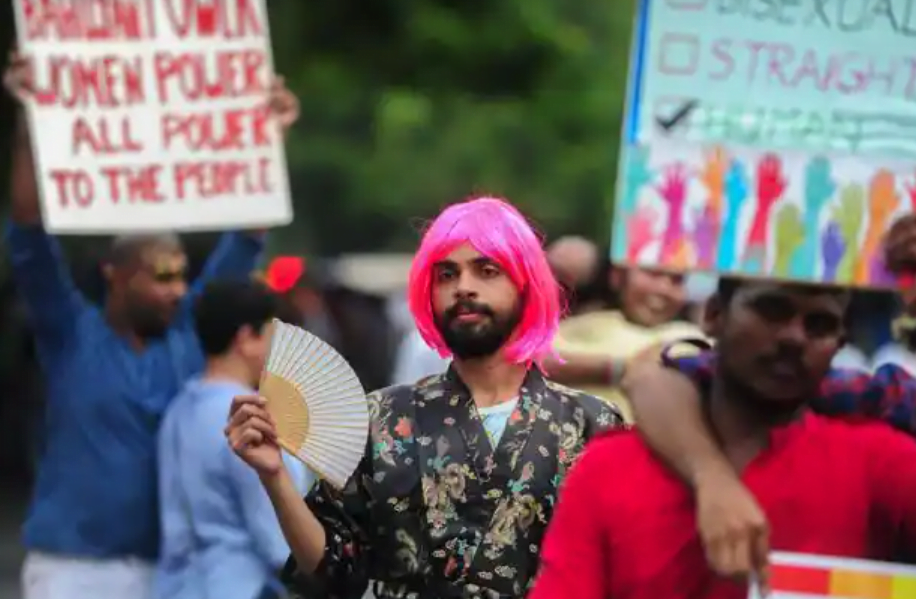
According to a 2019 survey conducted by the United Nations that covered 371 trans persons and MSM individuals, 60 per cent faced bullying in middle/high school and 43 per cent were sexually harassed in primary school. Due to the social stigma and the school’s inadequacy in providing a safe environment to these students, only 18 per cent reported instances of harassment and bullying. And one out of every three participants in the survey dropped out of school due to bullying.
Lack of infrastructure
Even if we consider trans students to continue schooling despite all the discrimination and hardships that they face in schools, it is important to ask if the Indian schools have adequate infrastructure for their inclusion. The lack of gender-neutral toilets and restrooms is a major issue faced by trans students in schools as well as colleges.
Though you might still find a handful of higher education institutes with one or two gender-neutral toilets on the campus, schools in India strictly adhere to the gender binary. This non-availability of necessities like toilets, may then eventually lead either to health issues or increased dropout rates.
Increasing dropout rates among trans students
To encourage trans students to get enrolled in education institutes, the government has come up with schemes like SMILE. Under the scheme, the government provides scholarships to students of class 9th and above. However, only formulating schemes is not enough.
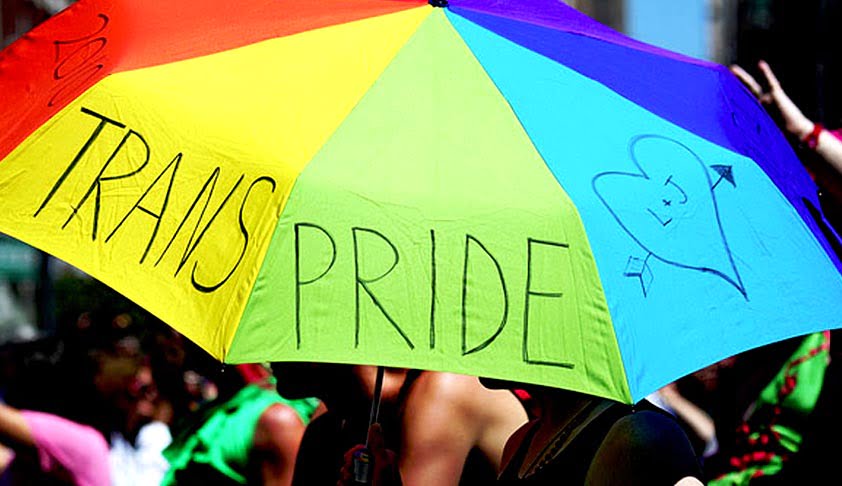
One needs to understand and identify the transphobia that exists in the education system and our culture which leads to scarce enrollment of trans students in education institutes and high dropout numbers. The 2011 Census enumerated 54,854 transgender children between the age of 0 and 6 and from 2020 to 2023 most of these children must be around 10 to 16 years of age.
But CBSE reported in 2020 that only 19 and 6 transgender students appeared for class 12 and 10 board exams. The numbers are disturbing and adequate steps should have been taken by the government to understand why transgender people are missing from the education system.
Scenario in higher education
As high dropout rates are evident in the board examination audit, this also results in the scarce population of trans persons pursuing secondary education. In 2019, the then Minister of Human Resource Development, Ramesh Pokhriyal “Nishank” stated that except the Indira Gandhi National Open University(IGNOU) with around 814 transgender students enrolled over the last five years, there is no other central university with a record of transgender students or staff.
Moreover, the All India Survey of Higher Education(2018-19), didn’t include the data for transgender individuals in the total of 37.4 million students enrolled in higher education across various institutions.
A hazy future
A democracy, as popularly defined, is the government of the people, by the people and for the people. It becomes alarming when these People exclude a major chunk of the population at the margins of society. As the transgender community has been deprived of the very right to education using social as well as physical barriers, the government needs to take adequate steps for the community.
From running programs to eliminate social stigmas around them to formulating policies that ensure their empowerment through education, the government and our society have a long way to go. Because to let the people have the freedom to live and express freely is the essence of a true democracy.
